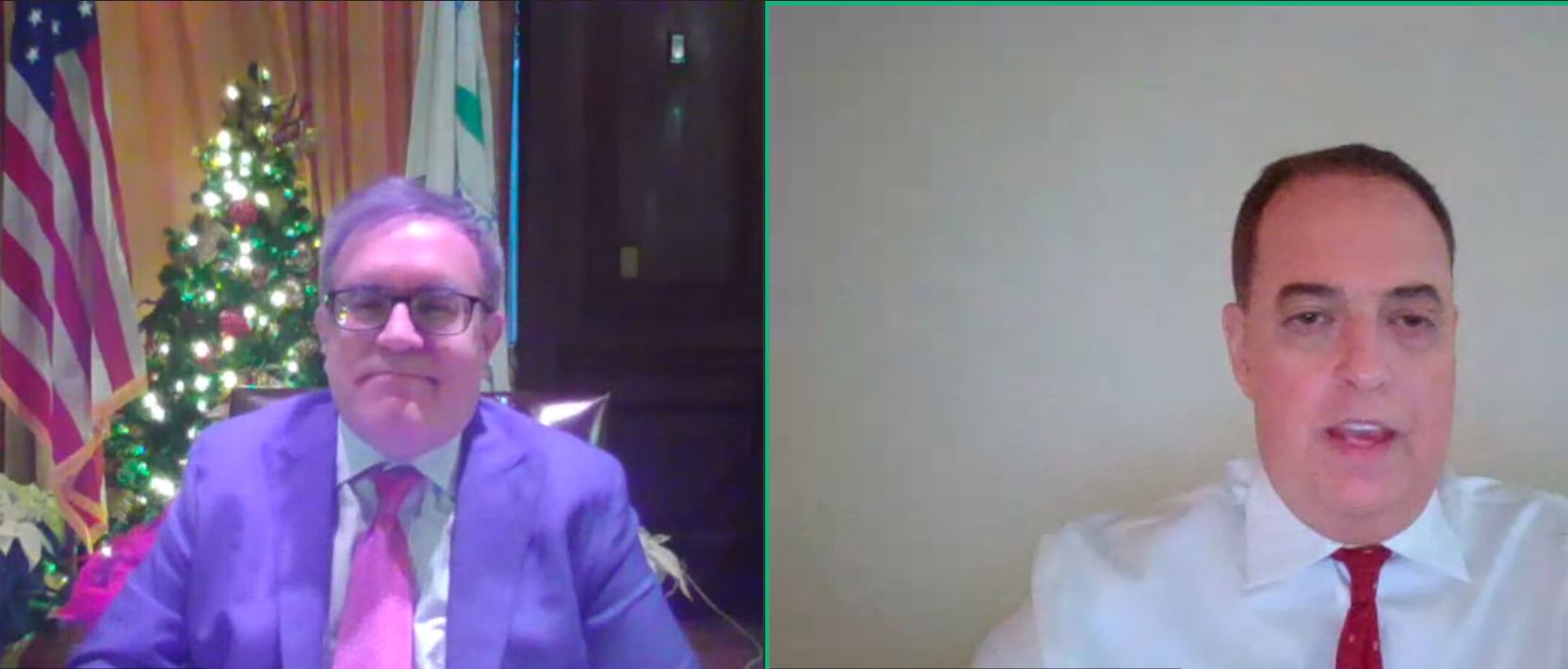In a livestream webinar hosted by the Heritage Foundation, EPA Administrator Andrew Wheeler announced a rule change in how the EPA performs cost-benefit analyses in air pollution regulations going forward.
Currently, EPA can include what are called “co-benefits” to new regulations to try to justify the regulations. Co-benefits are economic or health benefits that are not directly related to the regulation at hand.
This was most infamously done with the mercury rule by the Obama administration, which had placed new mercury emissions regulations on power plants that was said to cost the industry $9.6 billion per year, while saving just $6 million in health costs annually, according to The New York Times.
The Obama Administration tried to justify the regulation by adding the co-benefits of what they claimed to be $80 billion in health costs saved by the mercury regulation, trying to tie it to a reduction in soot and nitrogen oxide that would supposedly occur as a result.
“That case went up to the Supreme Court, and the Supreme Court dinged the Agency [EPA] for the way they conducted their economic analysis,” Wheeler said in regard to the Obama EPA’s mercury rule issue. “So, it’s absolutely a poster-child case for how not to do it.”
The new rule from the Trump EPA would require such co-benefits to be clearly laid out and explained in the preamble of any future proposals. It would be required to explain how the co-benefits were determined, and how they influenced the final rule. Additionally, a designation between domestic and international benefits would have to be explained, to make it abundantly clear if a regulation is helping American lives or being justified through more broad means.
“Our goal with this rule is to better help the public understand the ‘why’ of a rule making, in addition to the ‘what,’” Wheeler said in explaining the rule change. “While many parts of the Clean Air Act demand that an analysis be made of costs and benefits in implementation, up to now, there have been no regulations to hold us, the EPA, accountable to a standardized process and guarantee the public can now see how those calculations informed decisions.”
Yet the future of the new rule is uncertain. Should a Biden administration take over, the new EPA Administrator would be likely to simply reverse this decision.
Steve Milloy, a CFACT ally and author of the book “Scare Pollution: Why and How to Fix the EPA”, was quoted in the New York Times on the new rule: “A Biden administration could just come in and propose a different rule. Ultimately these final Trump rules won’t really matter, other than that they’ll have some political rhetorical value for people like me.”
CFACT submitted a question to the moderator in regard to this subject, as did many others, and in response, Wheeler pitched a more optimistic tone.
“I would hope that they [a new administration] believe in transparency. And that’s what this regulation is all about – is being transparent with the American public and explaining to the American public what [EPA is] doing. So, I would hope that…a future administration, from either party will want to follow this regulation, because it’s about explaining to the American public the rationales behind the regulatory decisions.”
